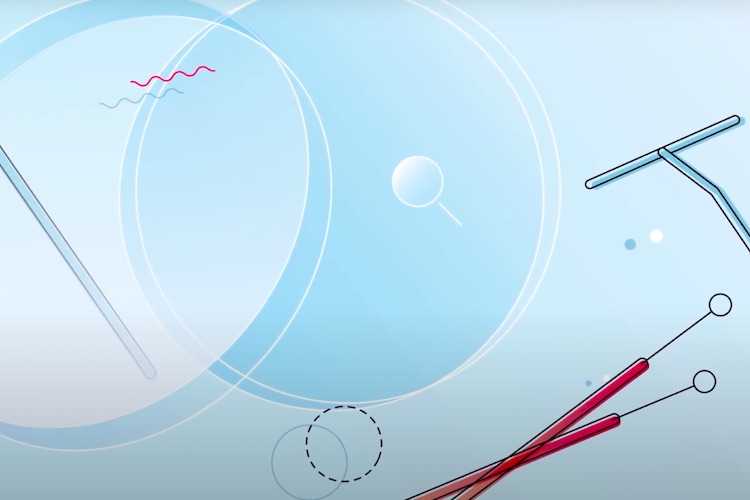The existence of the tiniest bacteria confirmed
Biologists have imaged ultra-small bacteria that are close to the lowest size limit possible for life on Earth
news | July 1, 2015

On February 2015 Nature Communications published a paper “Diverse uncultivated ultra-small bacterial cells in groundwater” describing newly discovered tiny bacteria. We have asked one of the authors of this research, Prof. Jillian F. Banfield from the University of California, Berkeley, to comment on this work.
The Study
Scientists from the University of California, Berkeley and Lawrence Berkeley National Laboratory led by Jill Banfield, a Senior Faculty Scientist in Berkeley Lab’s Earth Sciences Division and a UC Berkeley professor in the Departments of Earth and Planetary Sciences and Environmental Science, Policy and Management have captured the first detailed microscopic images of so-called “ultra-small bacteria” that are believed to be close to the lowest size limit possible for life on Earth. The existence of such tiny bacteria has been debated for two decades, but there hasn’t been a comprehensive microscopy study coupled to a DNA-based description of these microbes until now.
Bacteria are tiny, but not arbitrary small. Cells have to accommodate enough material to sustain life. A bacterium that is growing and dividing needs to be large enough to accommodate DNA and RNA, enzymes for replication, transcription and translation, solvent, a minimum set of proteins and space to run these operations. The ultra-small bacterial cells have an average volume of only 0.009 cubic microns (one micron is one millionth of a meter). They have densely packed spirals that are probably DNA, a very small number of ribosomes, hair-like appendages, and a stripped-down metabolism that likely requires them to rely on other bacteria for many of life’s necessities. Images also revealed dividing cells, indicating the bacteria were healthy and not starved to an abnormally small size. This research is a significant step in characterizing the size, shape, and internal structure of ultra-small cells.
These newly described ultra-small bacteria are enigmatic. They are an example of a subset of the microbial life on earth that almost nothing is known about. These bacteria are detected in many environments and they probably play important roles in microbial communities and ecosystems.
Background
Some years ago UC Berkeley scientists led by Jill Banfield and an LBNL research team extracted aquifer water from a site near Rifle, Colorado to analyse the genes of the underground microbial community in hopes of finding ways to help improve the microbes’ ability to remediate toxic metal contamination (Science 337 (6102), 1661-1665). Some of the bacteria they found had very small genomes, so the scientists surmised that the bacteria themselves were small.To concentrate these cells in a sample, they passed groundwater through successively smaller filters, down to 0.2 microns, which is the size used to sterilize water. The resulting samples were anything but sterile. They were enriched with incredibly tiny microbes, which were flash frozen to 77 Kelvin, transported to Berkeley Lab where the cells’ size and internal structure were characterized using 2-D and 3-D cryogenic transmission electron microscopy. The bacteria’s genomes were mostly less than one million base pairs in length. The bacteria belong to three different phyla.
The combination of innovative fieldwork and state-of-the-art microscopy and genomic analysis yielded the most complete description of ultra-small bacteria to date.
Future direction
The bacteria investigated in the current study are part of a massive radiation that may comprise less than 15% of all bacteria, yet these organisms have all remained almost unstudied because they have not been cultivated in the laboratory. Soon to be published research will greatly expand the genomic analysis of these lineages by leveraging new whole community sequencing methods (metagenomics) and field experimental data. At the present time, it appears that the major roles of these bacteria include breakdown of buried organic carbon, hydrogen cycling and, in some cases, sulfur metabolism. However, over half of the genes in these organisms have no identifiable function, so future work must begin to address the roles of these genes in the metabolism of ultra-small organisms and also in their communities and environments.
If you would like to contribute your own research, please contact us at [email protected]






























